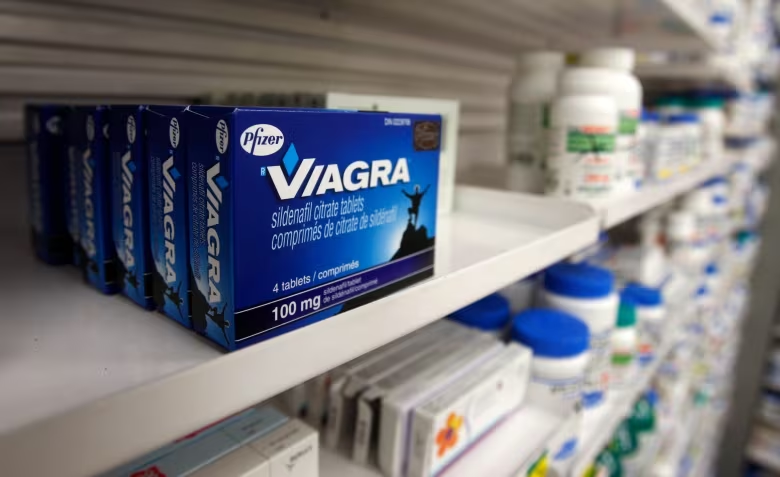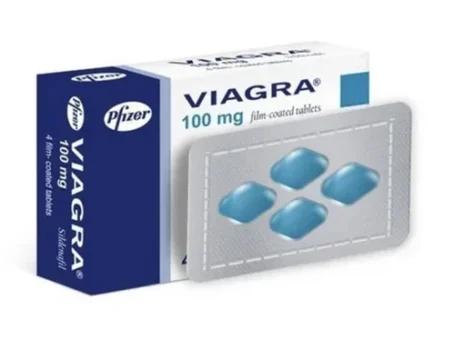- You have no items in your shopping cart
- Continue Shopping

Viagra For Woman, When most people hear the word “Viagra,” the first image that comes to mind is a little blue pill marketed primarily for men. It’s been the go-to treatment for erectile dysfunction (ED) for decades. However, over the years, there has been growing interest in a version of this medication for women, particularly for those experiencing sexual dysfunction. The idea of “Viagra for women” has led to both hope and controversy, sparking debates over its effectiveness, safety, and necessity. In this article, we explore the concept of Viagra for women, its potential benefits, and the concerns surrounding it.
Understanding Sexual Dysfunction in Women
Before diving into the specifics of Viagra for women, it’s important to understand what sexual dysfunction in women entails. Female sexual dysfunction (FSD) is a broad term used to describe a variety of conditions that can affect a woman’s sexual health and enjoyment. These can include issues like low sexual desire, arousal difficulties, pain during intercourse, or inability to reach orgasm.
Some of the common factors that contribute to sexual dysfunction in women include:
- Hormonal Imbalances: Conditions such as menopause, pregnancy, or breastfeeding can cause changes in hormone levels, leading to a decrease in libido or vaginal dryness.
- Psychological Factors: Stress, anxiety, depression, and past trauma can have a profound effect on a woman’s sexual function.
- Medical Conditions: Conditions like diabetes, cardiovascular diseases, and neurological disorders can impair sexual function.
- Medications: Some drugs, especially antidepressants, can interfere with sexual desire and arousal.
With this understanding, it becomes clear that sexual dysfunction in women is a complex issue with multifaceted causes, both physical and emotional.
The Promise of Viagra for Women
Viagra (sildenafil) works by increasing blood flow to the genital area, helping men with erectile dysfunction achieve and maintain an erection. The idea behind Viagra for women is that a similar approach could improve blood flow to the genital area, potentially improving sexual arousal and pleasure.
For women, the interest in Viagra stems from the idea that sexual arousal is closely linked to increased blood flow to the genital area. If a woman experiences a lack of arousal, some experts believe that increasing blood flow could be beneficial. Viagra for women is often touted as a potential solution to low sexual desire and arousal issues, offering hope for women who struggle with sexual satisfaction.
Flibanserin: The Female Equivalent of Viagra?
While Viagra for women is not as straightforward as it is for men, there is a drug called flibanserin that has been marketed as a solution for low sexual desire in women. Sold under the brand name Addyi, flibanserin is a medication approved by the U.S. Food and Drug Administration (FDA) for the treatment of Hypoactive Sexual Desire Disorder (HSDD) in premenopausal women.
Unlike Viagra, which works by increasing blood flow, flibanserin works by balancing the levels of neurotransmitters in the brain. Specifically, it targets serotonin, dopamine, and norepinephrine, which are all involved in regulating sexual desire and arousal. Flibanserin is taken daily, and while it doesn’t increase blood flow to the genital area like Viagra, it is designed to improve a woman’s sexual desire by altering brain chemistry.
While Addyi has been a breakthrough for some women, it has not been without controversy. Critics argue that its effects are modest at best, with studies showing only a slight increase in sexual desire. Moreover, flibanserin is associated with side effects such as dizziness, fatigue, and low blood pressure, and it should not be taken with alcohol due to the risk of severe interactions.
Intrinsa: Another Option?
Another potential treatment for female sexual dysfunction is Intrinsa, a testosterone patch designed for women who experience low libido, particularly after menopause. Testosterone plays a key role in sexual desire, and some studies have shown that supplementing testosterone can help improve libido in women. However, Intrinsa has been controversial due to its side effects, such as acne, hair growth, and an increased risk of heart disease and certain types of cancer. As a result, it is not widely used or prescribed.
Challenges and Controversies
The idea of Viagra for women has sparked many debates. Some experts argue that creating a pill to treat female sexual dysfunction oversimplifies the issue and could lead to over-medicalization of what is often a complex problem. Unlike men, who have a more straightforward physical cause of erectile dysfunction (a lack of blood flow), women’s sexual dysfunction is often a result of multiple factors, including emotional, psychological, and hormonal components.
One significant challenge is that there is no single cause of sexual dysfunction in women, and what works for one woman may not work for another. Furthermore, some women may not want or need medication to address their sexual issues, especially if the problem is rooted in emotional or relational factors.
Another concern is the potential for over-reliance on drugs like Viagra for women. For many women, a lack of sexual desire or arousal is tied to deeper issues such as relationship problems, stress, or body image concerns. These underlying factors may not be addressed by a medication, and relying solely on drugs could prevent women from seeking the help they need to resolve these broader issues.
Safety and Efficacy: What Do the Studies Say?
The safety and efficacy of medications like flibanserin and Intrinsa have been studied extensively, but the results are often mixed. While some women report improvements in sexual desire and satisfaction, many others find the effects to be minimal. Additionally, the potential for side effects has raised concerns.
Flibanserin, for instance, has been shown to modestly improve sexual desire in women with HSDD, but the benefits are often limited. In clinical trials, women taking Addyi reported an average increase of one additional “satisfying sexual event” per month. While this may be meaningful to some, others find it insufficient to justify the potential risks and side effects.
Viagra for Women: What Does the Future Hold?
While the search for a “female Viagra” continues, it’s clear that sexual health for women is a complex and multifaceted issue that cannot be solved with a simple pill. Future treatments will likely focus on a more holistic approach, addressing the physical, psychological, and emotional aspects of sexual health.
Newer treatments are being explored that might offer more promising results. For example, low-dose bupropion, an antidepressant, has been studied for its effects on sexual desire, and some women have reported improvements in libido when taking it. Other options, such as vaginal laser therapy and platelet-rich plasma (PRP) injections, are also gaining attention as potential treatments for female sexual dysfunction.
Conclusion
“Viagra for women” is a term that has gained a lot of attention over the years, but it’s important to recognize that the concept is far more complicated than simply creating a female equivalent of the well-known blue pill. While medications like flibanserin and testosterone patches have been approved for use, the results have been mixed, and the potential for side effects and modest efficacy has raised concerns.
Ultimately, it’s important for women experiencing sexual dysfunction to take a comprehensive approach to their health, addressing both the physical and emotional aspects of the issue. While medications may play a role, they are just one piece of the puzzle. Women should feel empowered to seek personalized care and explore options that best suit their individual needs. The future of female sexual health treatments holds promise, but a one-size-fits-all solution may never be the answer.




